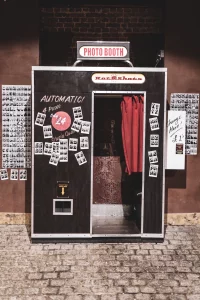In the world of photography, Adobe’s Lightroom is an indispensable tool for many photographers. While some prefer to explore the innovative features of Luminar or Capture One, Lightroom Classic remains an essential pillar of photo editing. One of the major attractions of Lightroom lies in its ability to retouch and catalog images. But how can you effectively organize your photos in Lightroom? What are the challenges encountered during cataloging in this software?
In this article, we will first explore the fundamental principles of cataloging in Lightroom before discovering a new photo management software that offers an innovative approach to rejuvenate your photographic work. Stay tuned until the end to discover this promising solution.
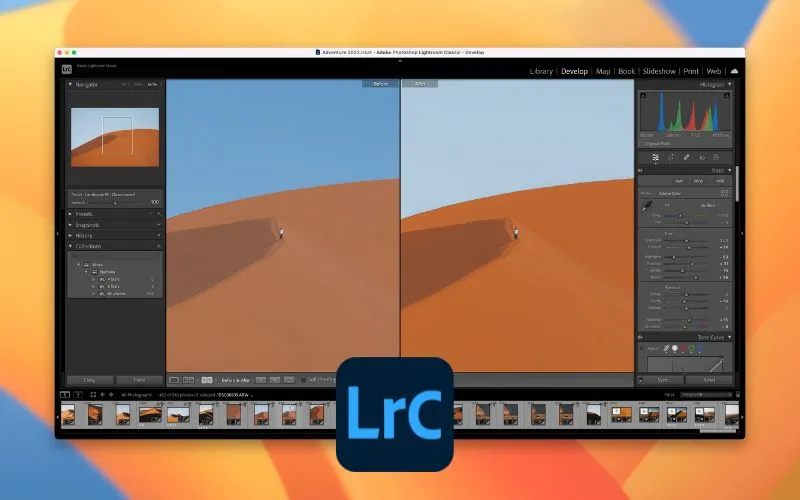
Understanding the concept of catalog in Lightroom
In the world of Lightroom, a catalog acts as a database for your images, presented in the form of a computer file. It gathers your photos along with essential data about them.
Inside a catalog, you will find three main categories of information:
- Metadata associated with the shooting or the raw file (EXIF).
- User-added metadata (flags, notes, IPTC annotations, keywords, facial recognition).
- Adjustments made to the images (edits).
In addition to catalogs, you have the option to create collections of images. These collections can be used to group the best photos you want to print or share.
Collections can be created manually, where you select the images to include, or dynamically by defining rules. For example, you can create a collection that automatically includes all images rated higher than 4 stars.
In the remainder of this article, we will explore in more detail the use of these tools.
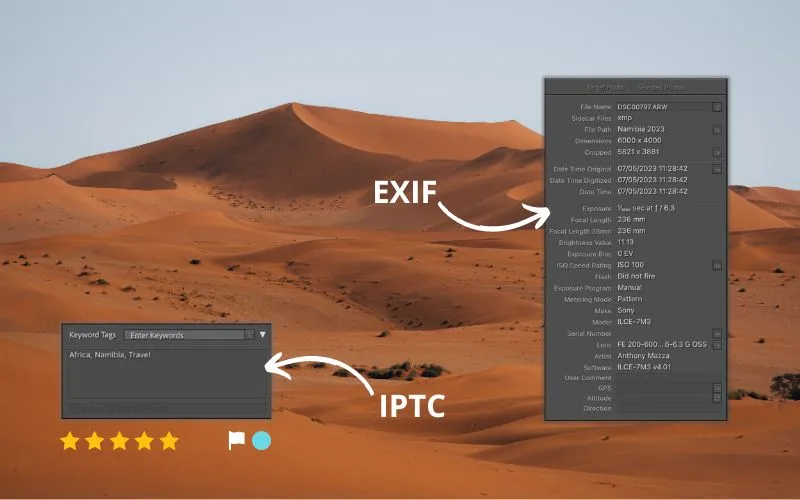
The importance of organizing your photos
Whether you’re an amateur or professional photographer, you inevitably accumulate thousands of images over time. These shots may include professional projects as well as more personal memories, such as family photos, travels, special events like weddings, or simply shared moments among friends.
Organizing your photos using a catalog will allow you to classify and store your images efficiently, making it easier to find a specific photo when you need it.
To start this organization, it is essential to build a database by adding relevant information to your images. This information may include the date of capture, the subject, location, theme, or the project associated with each image.
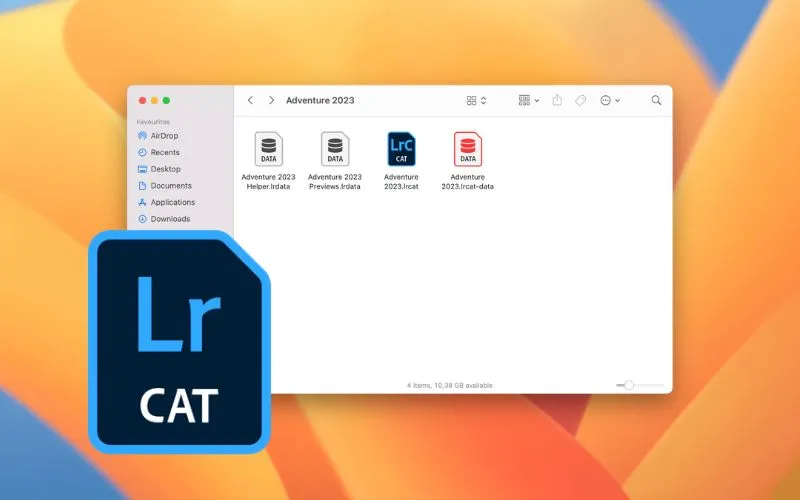
The cataloging features in Lightroom
In Lightroom, we find two categories of tools for cataloging. The first family aims to structure our catalog, while the second allows us to add annotations to our images.
These tools can be used in various ways, depending on individual preferences. There is no universal cataloging method. The important thing is to choose the tools that best meet your needs and integrate them into your workflow.
Image identification
Image identification includes the elements used to annotate a photo. These annotations supplement the information already present in the image and do not modify the original file.
Flags
The flags, also known as markers, come in three types. They indicate whether your photo is flagged as picked (white flag), rejected (flag with an ‘X’), or neutral. Once your photos are flagged, you can apply a filter to work only on the selected images, for example. This tool can save you time when sorting through your photos. Then, it’s easier to define, based on your criteria, which photos you want to edit, which ones you want to delete, or simply leave as they are.
Stars
The stars allow you to rate your images on a scale from 0 to 5. Generally, this rating is given based on the beauty of the photo. If you find it perfect in terms of composition, quality, colors, or subject, you will give it 5 stars.
However, if you don’t like the photo but want to keep it for some reason, you will only give it one star. This rating then allows you to filter your images based on their rating.
Color labels
In Lightroom, you have five color options to choose from: red, yellow, blue, green, and purple. These labels can be used to group images. Additionally, you have the option to associate them with stars or use them independently.
For example, you can assign the color yellow to all your wildlife photos, green to your portraits, or blue to those that have received five stars. If needed, you can expand this color palette to annotate more groups of images.
Keywords
File names
You can also consider the file name as part of your organization, as it can provide additional information about your image. This can be particularly useful for those who are more perfectionist. One piece of advice I recommend is to keep the original file name and add a date or a personalized word before it. Of course, there are other methods, but the key is to ensure that each file name remains unique.
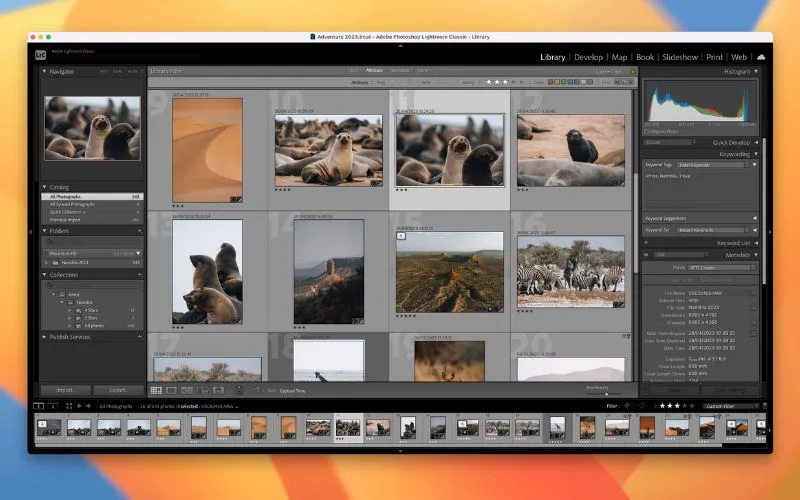
Catalog structure organization
Regular collections
Dynamic collections
Folders

The most popular folder organization methods
Here is a known approach to structuring your folders in Lightroom to facilitate backing up your images. Make sure your folders and subfolders on your hard drive are well-organized before importing them into Lightroom. This will allow Lightroom to reflect your organizational structure upon import. It’s best to have all your photos in a single main folder, with well-structured subfolders. This simplifies the backup process because you only have one folder to back up to ensure the safety of your files.
For example:
HardDrive1/Photos/2021/WeddingPhotosThomas
HardDrive1/Photos/2008/KenyaSafari
There are many ways to organize your photos, so find the one that best suits your needs. Here are some examples of classification: by year, by project, by photographic style, by trip, by theme, by camera, etc…
You can combine these examples as you see fit, as long as your structure is practical and suitable for your workflow.
Is it recommended to use multiple catalogs?
Most photographers opt for a single catalog to centralize all their photos in one place because Lightroom does not allow searching across multiple catalogs simultaneously. However, some prefer to divide their photos by defining separate catalogs for professional and personal use. Others choose to have a separate catalog for each project to avoid overloading Lightroom during their work.
An interesting method is to create separate catalogs for each year. This approach simplifies archiving your photos by organizing them based on their year of creation, whether on external drives or on your NAS.
The challenge with Lightroom lies in its inability to search across multiple catalogs simultaneously. Consolidating all your photos into a single catalog can lead to software slowdowns and make navigation less smooth.
However, to address this limitation and enable seamless exploration across all catalogs, even when they are offline or Lightroom is not active, there is a plugin called Peakto Search.
Peakto Search Plugin for Lightroom
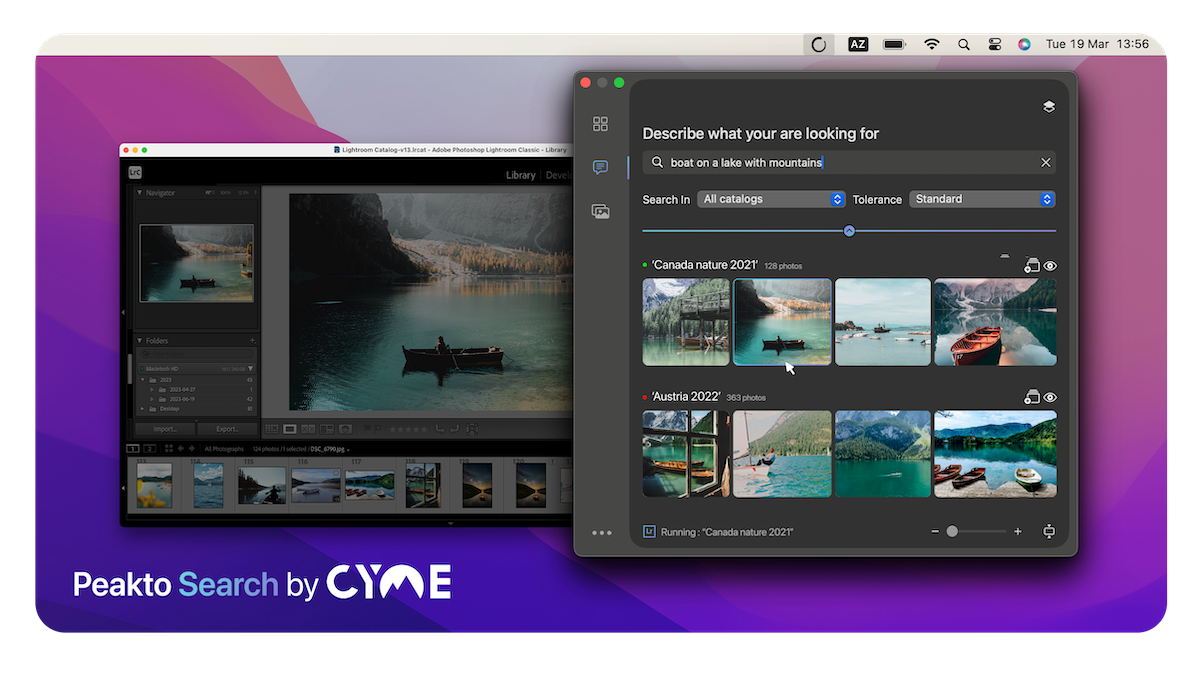
Peakto Search, a plugin developed by CYME for Lightroom, offers the ability to search through multiple Lightroom catalogs even when they are not connected to your Mac or when Lightroom software is not open. This groundbreaking innovation for Lightroom users enables the establishment of a centralized and optimized workflow, providing significant time savings when it comes to finding your images or making selections.
Closely integrated with Lightroom, Peakto Search offers several search modes:
- Prompt-based search: You can search using specific keywords. For example, typing “Couple on the beach at sunset” will retrieve all images matching this description.
- Similarity-based search: You can simply drag and drop an image to find all similar images instantly.
- Video search: For those who also catalog videos in Lightroom, Peakto Search allows searching within your videos to quickly find the desired content.
Peakto Search represents a major advancement for Lightroom users in terms of searching and managing their catalogs. This plugin provides a centralized and optimized solution for quickly finding your images and making efficient selections.
Discover Peakto for smart and intuitive photo management
To push photo organization even further in Lightroom, there’s Peakto, a software developed by the same company. Peakto stands out as a multi-cataloger thanks to its compatibility with a multitude of software, including Capture One, Luminar Neo, Apple Photos, Pixelmator, DxO, ON1 Photo Raw, Fotomagico, Instagram, Aperture, iViewMedia, as well as your own files. The goal of this software is to provide photographers with a centralized view of all their images to facilitate their organization.

Time-saving
Optimal browsing experience
Conservation of your classification work

Compatibility with your favorite software
Peakto enables you to bring together all your photos, regardless of the software they are stored in. Compatible with various software, including Lightroom, Luminar, Capture One, and more, Peakto provides centralized management of your images without altering your existing work.
Simplification of editing
The Peakto Instant feature allows you to view all edited versions of the same image, regardless of the software used to modify them. It’s easy to spot duplications and view the editing history all in one place.
Gathering your photos in one place
Automatic synchronization
Peakto automatically syncs with your changes in Lightroom and other software, allowing you to continue using Lightroom catalogs as you did before. Additionally, you can access your photos even offline once they are ingested into Peakto.
Finding your way through your photos better
With the increasing number of images we capture and the available software for editing them, finding our way around becomes increasingly challenging. This is especially true when we want to have multiple catalogs for various reasons.
To simplify photo management, it’s almost essential to turn to complementary tools such as the Peakto Search plugin to utilize multiple catalogs in Lightroom. Its advanced search features and catalog centralization significantly improve the efficiency of photographers’ daily workflows.
However, for more efficient management of large photo collections when using multiple software or applications, it’s recommended to turn to a companion tool like Peakto. Peakto’s features offer centralized search, elegant views of all photos, and automatic sorting through artificial intelligence. It’s invaluable assistance in the jungle of our images!









